Top 10 Most Groundbreaking Space Discoveries of All Time
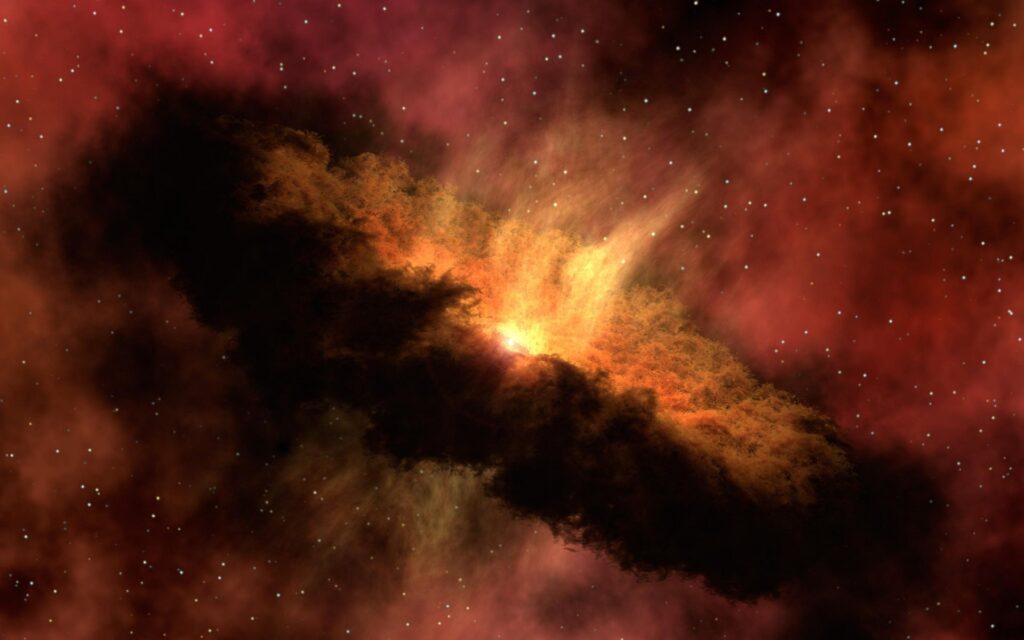
Explore the fascinating revelations that have revolutionized our understanding of the universe. From the groundbreaking Big Bang Theory and the identification of galaxies beyond the Milky Way, to the thrilling discoveries of gravitational waves, water on Mars, and the detection of cosmic microwave background radiation. Delve into the mysteries of dark matter and dark energy, marvel at the discoveries from the Voyager missions, and relive the monumental Apollo Moon Landing. Each discovery and theory continues to ignite our quest to comprehend the cosmos.
1. The Big Bang Theory
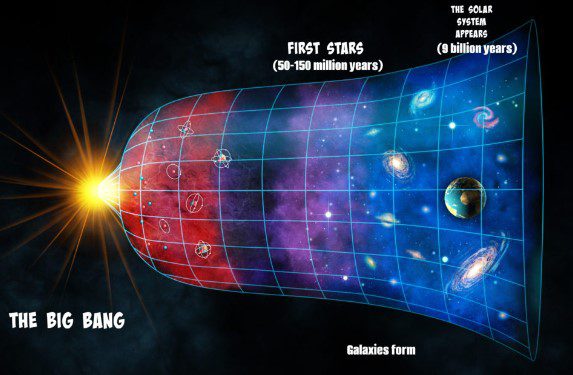
In the realm of cosmology, the Big Bang Theory stands as a groundbreaking discovery that has shaped our understanding of the universe’s origins. This theory posits that the universe expanded from an extremely dense and hot state around 13.8 billion years ago. The theory came about after observations that distant galaxies in every direction are moving away from us faster, which led to the inference that the universe itself is expanding. This idea was then projected backwards in time to envision the Big Bang event. It’s a remarkable realization that provides the groundwork for cosmological research.
2. Discovery of Galaxies Beyond the Milky Way
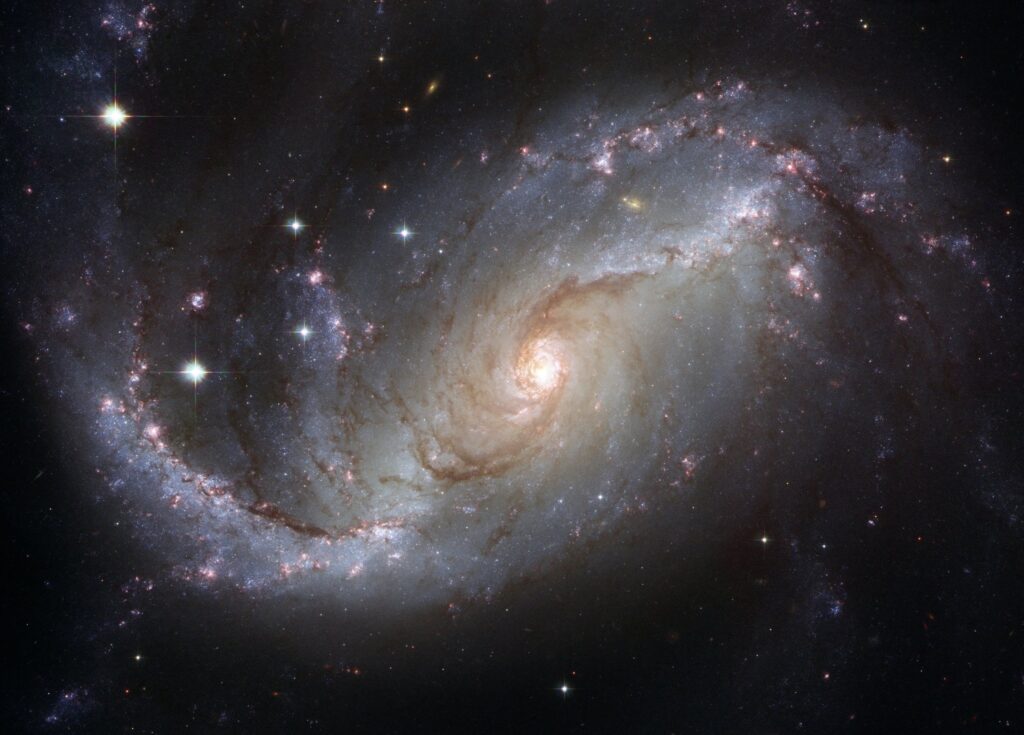
The concept of the universe being filled with galaxies beyond our own came to light in the 20th century, thanks to the pioneering work of astronomer Edwin Hubble. Prior to this, ‘spiral nebulae’, what we now know as galaxies, were thought to be located within the Milky Way. However, Hubble’s observations of the ‘Great Andromeda Nebula’ revealed that it was much too distant to be part of our galaxy, leading to the realization that it was a separate galaxy altogether. This significantly broadened our perspective of the universe, portraying it as immensely larger and more diverse than previously assumed.
3. Heliocentric Model of the Solar System
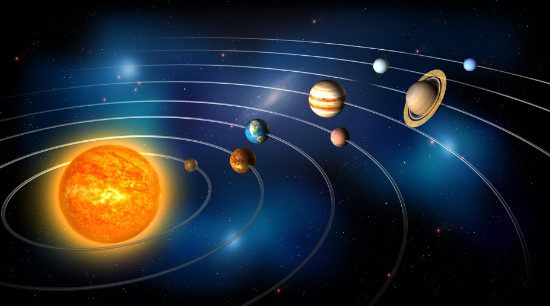
Nicolaus Copernicus, in the 16th century, radically transformed our perception of the solar system. He proposed the heliocentric model, asserting that the Sun, rather than the Earth, is at the centre of the solar system. This model contradicted the geocentric model, which was prevalent for centuries and held that the Earth was stationary and at the centre of the universe. Copernicus’ bold proposition, though initially met with resistance, eventually formed the bedrock of modern astronomy and played a pivotal role in future developments such as Kepler’s laws of planetary motion and Newton’s law of universal gravitation.
4. Discovery of Gravitational Waves
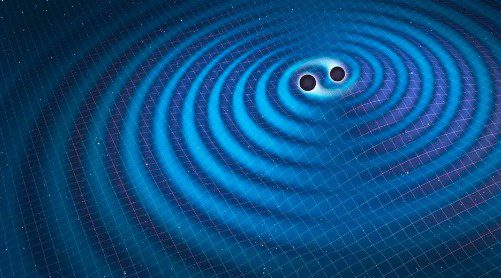
A phenomenal discovery that substantiated Einstein’s theory of general relativity was the detection of gravitational waves by the LIGO project in 2016. Gravitational waves, predicted by Einstein in 1916, are ripples in the fabric of spacetime caused by violent and accelerated movements of massive objects in the universe, like the collision of two black holes or neutron stars. Their detection has opened a completely new way of observing the universe and has been deemed as one of the greatest scientific breakthroughs of the 21st century.
5. Evidence of Water on Mars
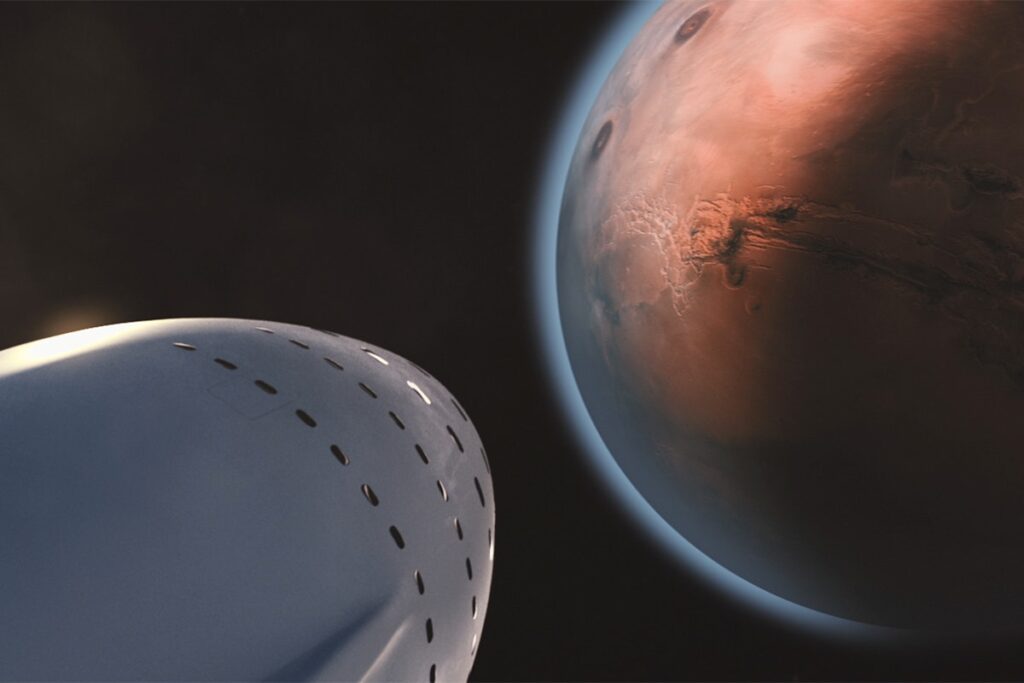
Mars, our neighbouring planet, has always been at the forefront of space exploration due to its potential to harbour life. Over the years, multiple Mars missions conducted by different space agencies have found evidence of both past and present water on Mars, including indications of liquid water under the Martian surface. These discoveries have fuelled our curiosity about the possibility of life on Mars and continue to shape future Mars exploration strategies.
6. Finding Exoplanets
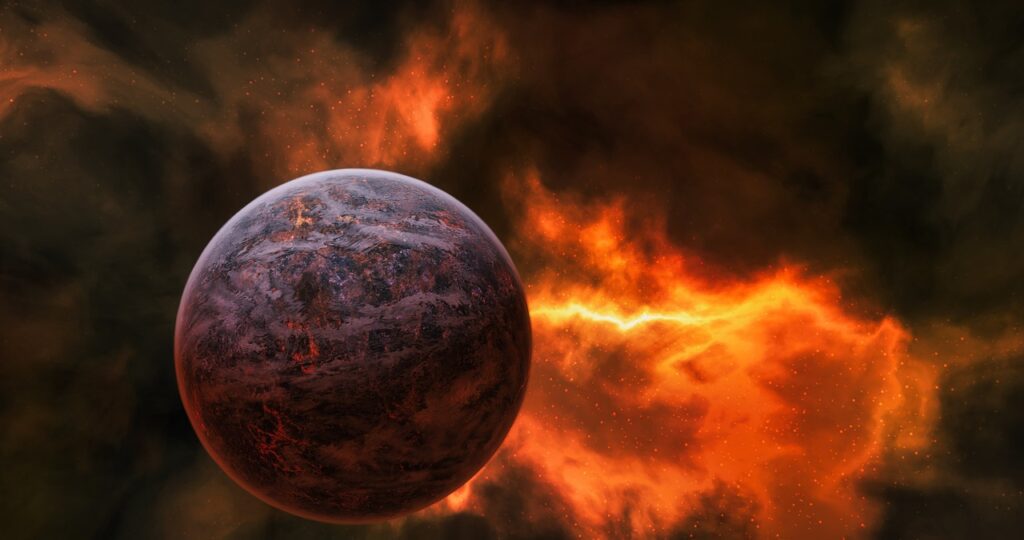
Since the discovery of the first exoplanet orbiting a sun-like star in 1995, we have come to realize that our galaxy teems with a multitude of planets. To date, thousands of these exoplanets have been identified, ranging from rocky Earth-sized planets to gas giants much larger than Jupiter. This has significantly broadened our perspective, proving that planets are common occurrences in our galaxy, and consequently heightening the prospects of discovering extraterrestrial life.
7. Detection of the Cosmic Microwave Background Radiation
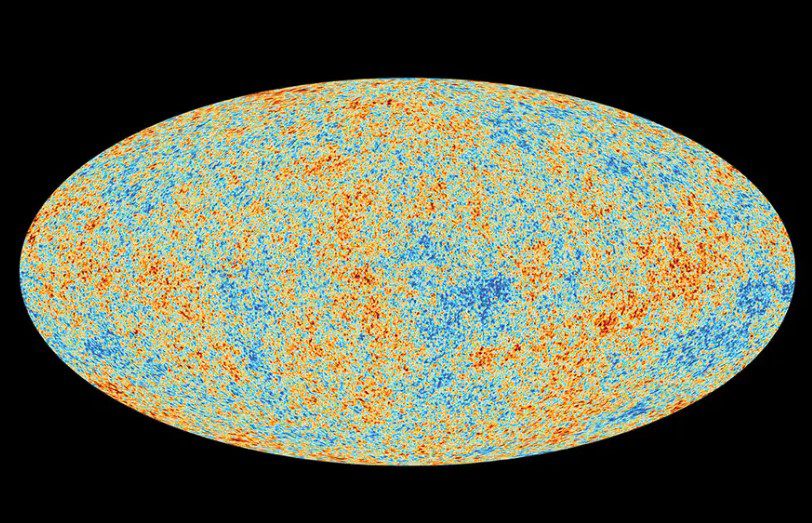
In 1964, Arno Penzias and Robert Wilson made an accidental yet extraordinary discovery while trying to eliminate static noise from their antenna. What they discovered was the cosmic microwave background (CMB) – the faint afterglow of the Big Bang. This omnipresent radiation provides compelling evidence for the Big Bang theory as it represents the heat left over from the explosion. Not only did the discovery of the CMB solidify the Big Bang Theory, but it has also given us a snapshot of the universe when it was just 380,000 years old, enabling us to study the early stages of the universe.
8. Discovery of Dark Matter and Dark Energy
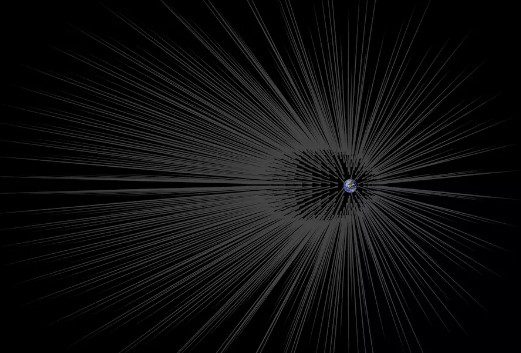
One of the most puzzling aspects of cosmology is the enigma of dark matter and dark energy. These invisible components are believed to make up approximately 95% of the universe’s total mass-energy content. Dark matter, which doesn’t interact with light but can exert gravity, was hypothesized to explain the ‘missing mass’ in galaxies and clusters. Dark energy, on the other hand, is a theoretical form of energy thought to permeate all of space and accelerate the universe’s expansion. Although neither dark matter nor dark energy has been directly observed, their existence has been inferred from their gravitational effects on visible matter, radiation, and the structure of the universe.
9. Voyager Missions

The Voyager missions, initiated by NASA in 1977, have greatly expanded our knowledge about the outer planets and their unique system of moons and rings. Voyager 1 and 2, originally intended to study only the planetary systems of Jupiter and Saturn, provided so much valuable data that their mission was extended. Voyager 1 is now in interstellar space, the region between stars, while Voyager 2 is in the heliosphere, the outermost layer of the heliosphere where the solar wind is slowed by the pressure of interstellar medium. The ongoing communication from the Voyager spacecraft continues to provide unprecedented details about this mysterious region.
10. The Apollo Moon Landing
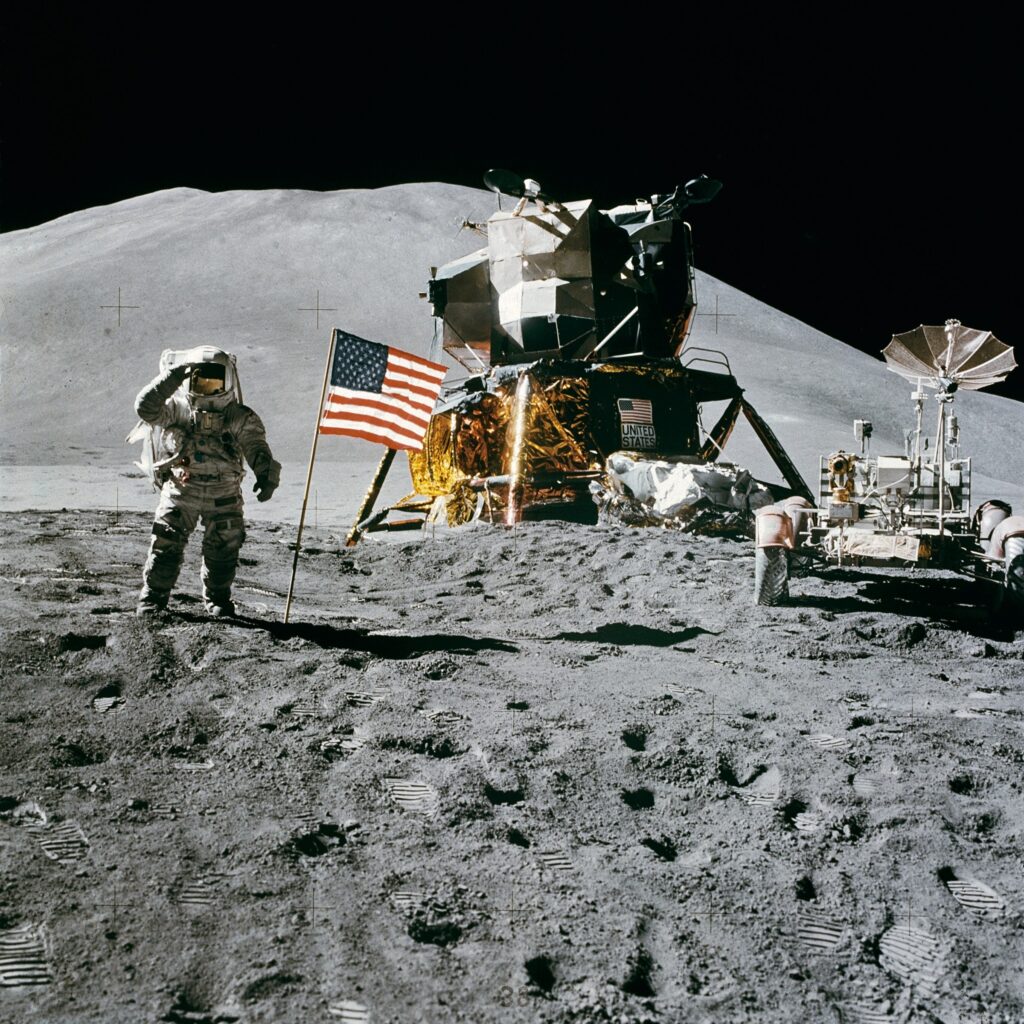
On July 20, 1969, when Neil Armstrong took his first step on the moon, it was not just a monumental achievement for NASA but for all of mankind. The Apollo Moon landing not only proved that manned lunar exploration was possible but also provided a wealth of scientific data about the moon. The rock and soil samples brought back from the missions profoundly improved our understanding of the moon’s composition and geological history.
The advancements in space exploration have continuously expanded our understanding of the universe, and each discovery opens up new possibilities and questions, fuelling our quest for knowledge.
“We’ve reached the end of our Top 10 countdown, and we’d love to hear from you! Do you agree with our choices, or is there something we missed that you feel deserves a spot on this list? Let’s start a conversation – comment below with your thoughts and ideas. Your input might just influence our next Top 10!”
If you like this you might like The Top 10 Most Breathtaking and Unusual Natural Phenomena on Earth





